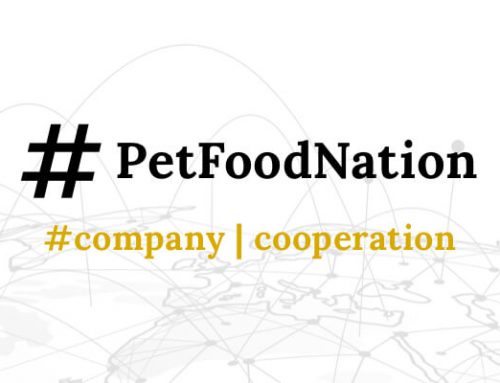The Italian National Association for Pet Food and Pet Care Companies (ASSALCO) and Zoomark have just published the 16th edition of their report on pet industry in Italy. According to the paper, Italian pet food market increased boosted by rising pet population and different consumer trends.
Last year, 42% of Italian families owned at least one pet bringing that number to a total of 64.95 million. While 28% owned at least one dog, 22% owned at least one cat, 13% one fish, 8% one bird as well as one reptile or a small animal.
The increasing pet population has resulted in a rising demand for pet food products.
“Today more than 40% of Italian households have at least one pet,” said Giorgio Massoni, president of the ASSALCO. “The importance of our relationship with our pets is undeniable: they keep us active, help alleviate stress and are a valuable antidote to loneliness. Pets are bona fide members of the family, and we are now devoting more time to them, and paying more attention to their diet and wellbeing. This increased attention is reflected in a market that, even in a difficult year like 2022, continued to perform well.”
The report states that sales of pet food products have increased by 11.4% to €2.76 billion ($2.96 billion USD) last year which accounted for over 673,000 tons of pet food.
Furthermore, ASSALCO and Zoomark found out that Italians apply their personal health beliefs to their pets. As a result, the demand for pet foods advertising “rich in” attributes, like fiber, vitamins, protein, minerals has increased. Products with “free from” claims have also risen in popularity likewise “Made in Italy” /“produced in Italy“ claims.
As in any other countries worldwide, Italians have to deal with inflation and rising prices. Athough, most pet owners surveyed do not want to restrict their pet spending habits. Furthermore, Italians have to face high high rate for value-added tax (VAT) on pet foods and veterinary care. The current VAT rate is 22%. That is why ASSALCO and Zoomark fight for a reduction of the VAT rate to 10%.
“It doesn’t seem right that the 22% rate should be applied to pet food, as if it was a luxury good,” Massoni stated. “In Germany, in view of the fact that these products are used every day, and considering



